16 June 2022
Originally published
16 February 2022
Source
With an art performance on the Zlatište hill in Sarajevo, the young Bosnian artist Smirna Kulenović wants to start a social and ecological healing thirty years after the outbreak of the Bosnian war.
It’s shortly before 10am on a hot summer morning in the middle of August 2021. Artist Smirna Kulenović is standing atop Zlatište, a hill overlooking the Bosnian city of Sarajevo, while the pulsating chirp of crickets rings out across the parched landscape. In the distance, a line of 100 women, all dressed in red, wind their way through the grass. They are here to take part in Kulenović’s art performance, “Our Family Garden.” Together, they will plant 1000 seeds of calendula flowers: an act that will serve both a healing ritual after the horrors of the Bosnian War, and a living monument that serves the future.
“That view was one of the most beautiful scenes I’ve ever experienced in my life”, the artist remembers. “Watching all these women arriving, one by one. It looked so surreal, like in a dream.”
A year later, in 2022, Kulenović’s performance feels particularly poignant. The 30th anniversary of the Bosnian War is approaching, and ethnic and political tensions are again on the rise. Since the Dayton Peace Agreement officially ended the war in 1995, Bosnia and Herzegovina’s three main ethnic groups — Bosniaks, Croats and Serbs — have been divided under different governments, with different school curricula and different narrations of history. Now, the country’s ethnic Serbian enclave, Republika Srpska, is pushing for greater autonomy. Rumors of a new conflict are making international headlines — leaving artists like Kulenović to try and defuse tensions by connecting people and communities.
“Our Family Garden” was designed as a healing ritual. The 28-year-old Kulenović invited women – not only from Bosnia, Serbia and Croatia, but from all over the world – to gather and plant seeds of medicinal calendula into the soil which once held wartime trenches. These plants, also known as marigolds, have antibacterial and antifungal properties, and can be used to treat wounds. Symbolically, the flowers also heal Bosnia’s ethnic divides, and Kulenović’s own personal relationship to the surrounding landscape. “The house where I grew up with my family is just a five-minute walk from [Zlatište]. As children, we used to go there for picnics. When I found out that my grandfather went up to these trenches to defend the city, as well as us, during the Bosnian War, this place started to haunt me”.
“It’s amazing to see how nature can heal itself – much faster than we humans do.”
Together with her mother and her grandmother, Kulenović started to plant seeds of wheat in the area, which had been abandoned since the Siege of Sarajevo in 1995. Witnessing the healing potential of this small gesture, the artist was inspired to open the ritual for a wider audience: creating a lasting, constantly self-transforming, organic monument to the conflict. “The hate speech of our country’s politicians is reflected in official monuments, which are often subject to the manipulation of history. An organic monument is necessary to access this political agenda without using harmful words, but communicating through a healing ecosystem [instead].”
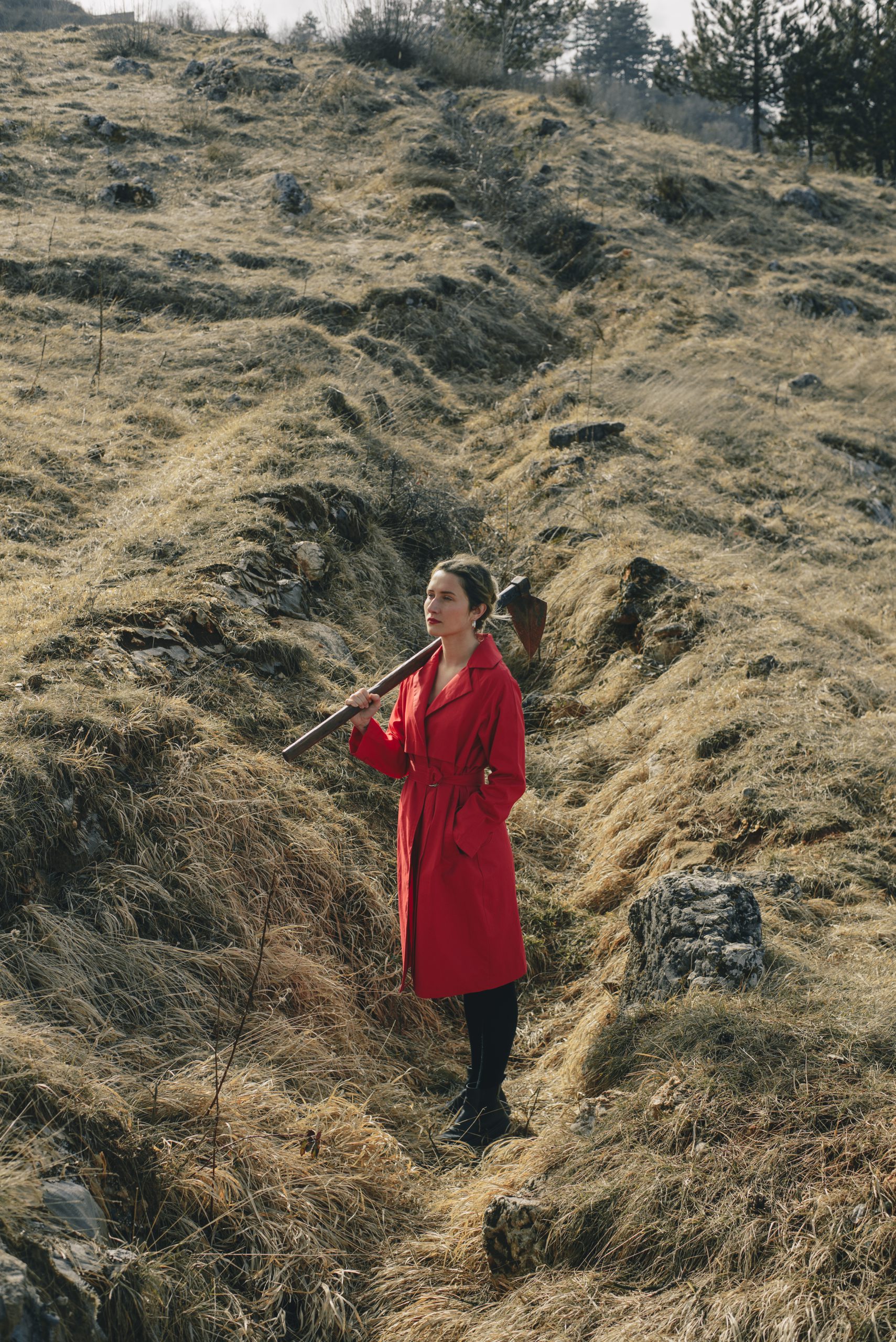
Photo: Ajla Salkić
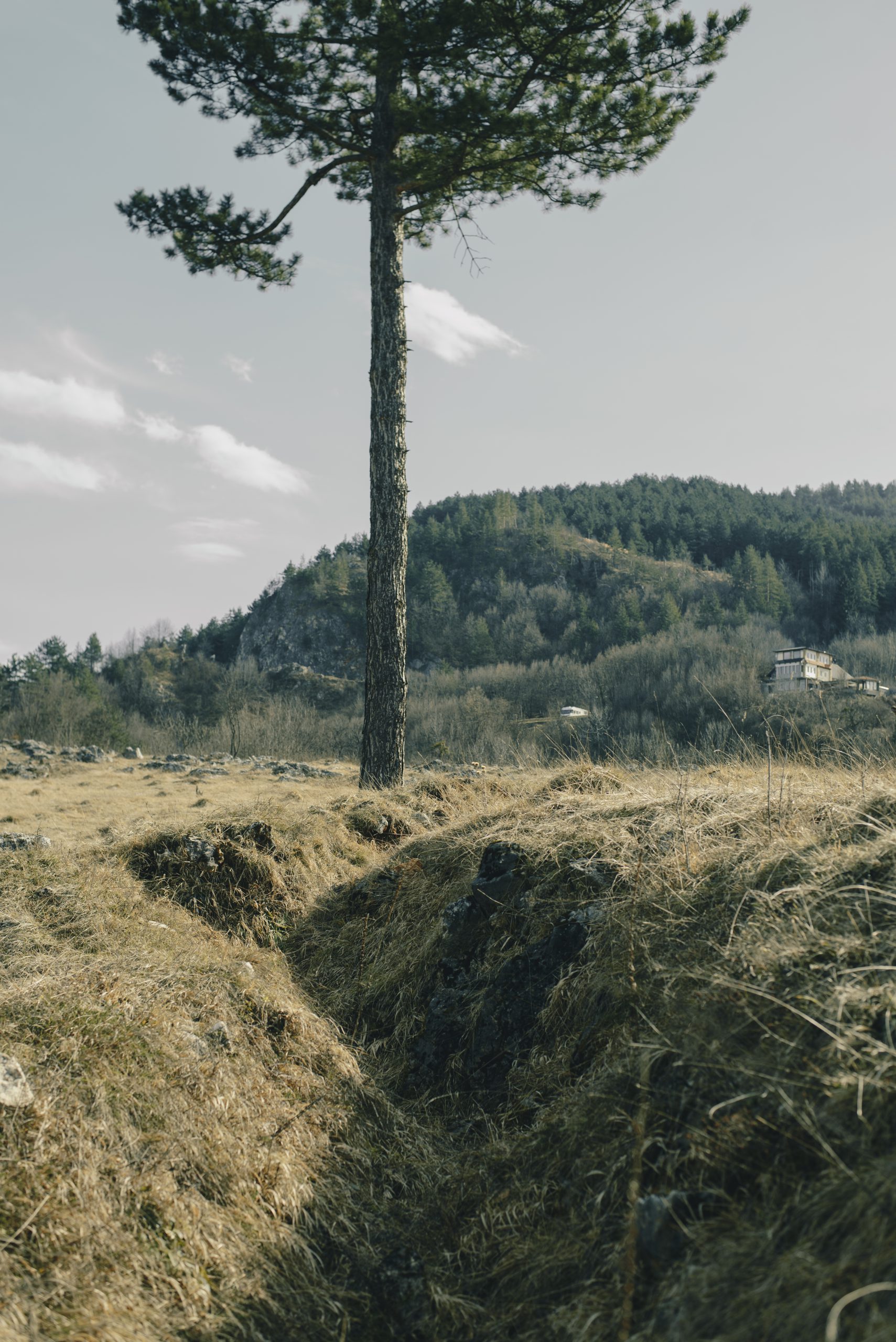
Photo: Ajla Salkić
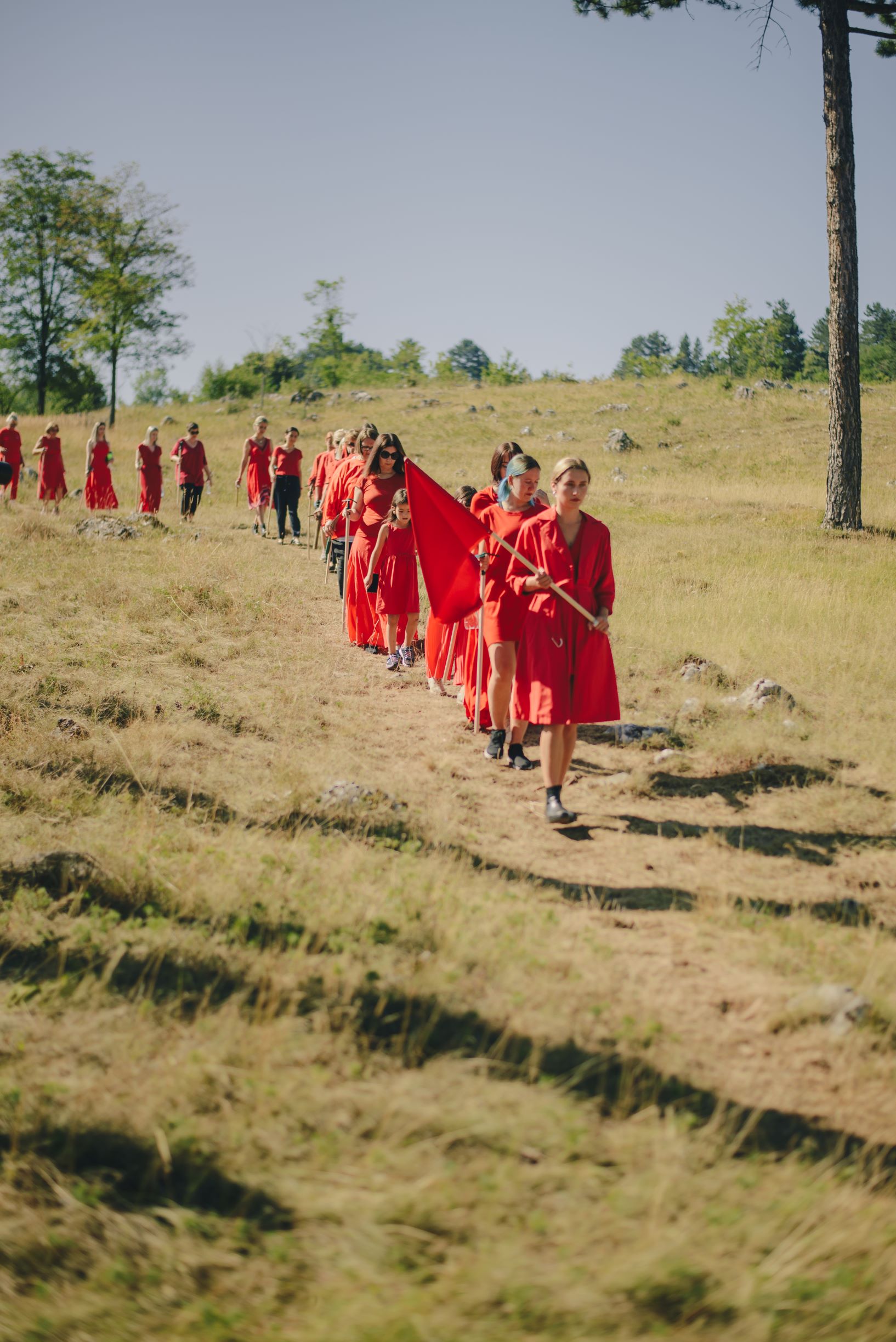
Photo: Ajla Salkić
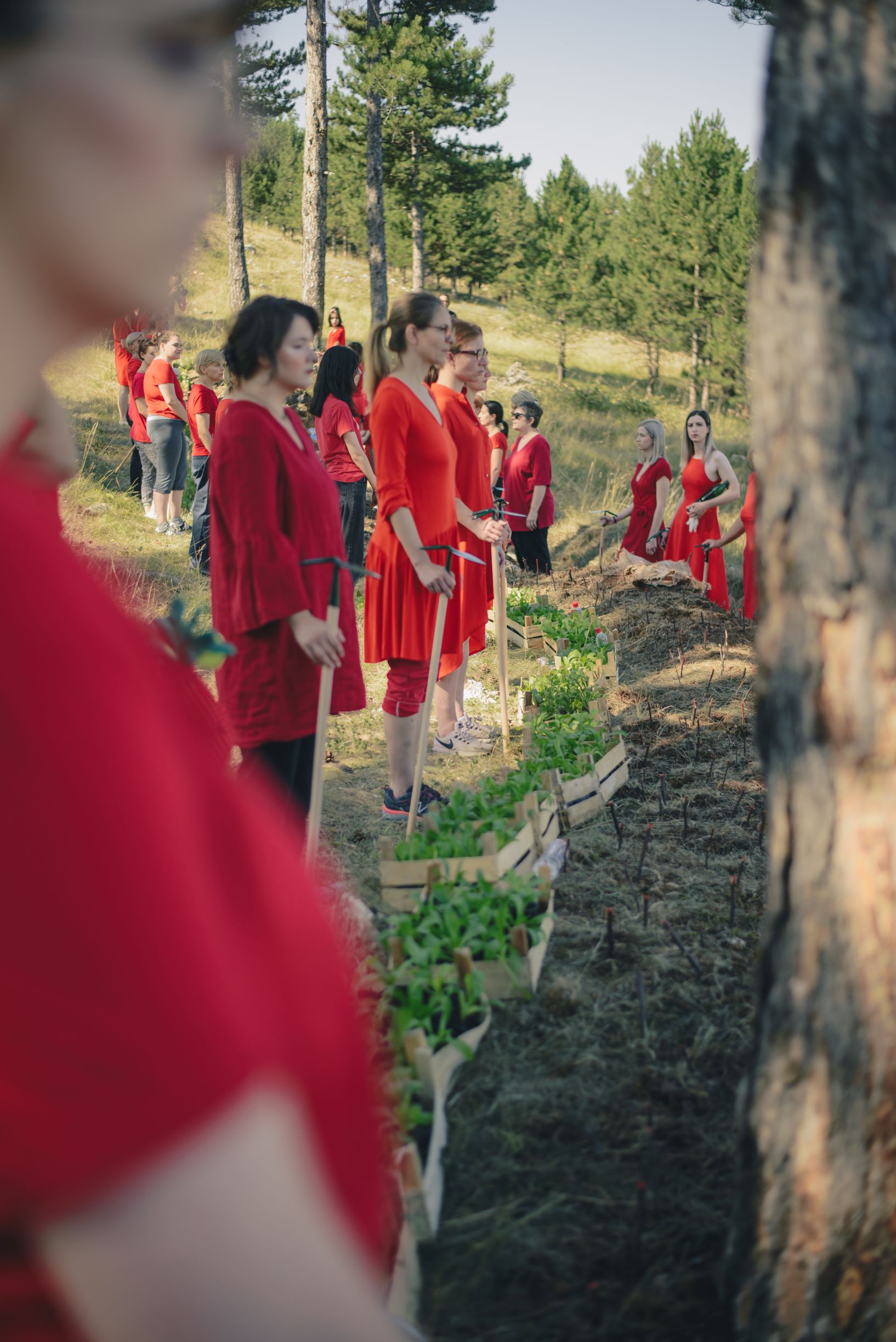
Photo: Ajla Salkić
But medicinal plants like calendula also have a healing effect on nature itself. As living beings, plants have their own agency: they communicate with other forms of life and have an influence on their whole environment. “It’s not only humans who are suffering violence during wars, also landscapes and other species are getting seriously harmed and damaged,” says Kulenović.
Kulenović had planned to repeat her performance every year on 6 April, when the “Day of Sarajevo”, marks the date that the city was liberated from Nazi occupation in 1945. Each year, a new sort of medical plant is to be added to the area at Zlatište. She hoped to add a new species of medicinal plant, as well as to open up the ritual to more participants. “Limiting the performance to women was to break the notion of their constant victimization. I wanted to show their empowerment,” says Kulenović. “[But] considering the current situation [in Bosnia], it’s important also for men to participate, to set a statement for future peace in the country.”
For now, the political situation in Bosnia and Herzegovina means that Kulenović is not optimistic about holding a second performance in the spring: “The war trenches at Zlatište literally mark the border between Federation of Bosnia and Herzegovina and Republika Srpska. Today, I’d be afraid to hold this kind of ritual on that spot,” she says.
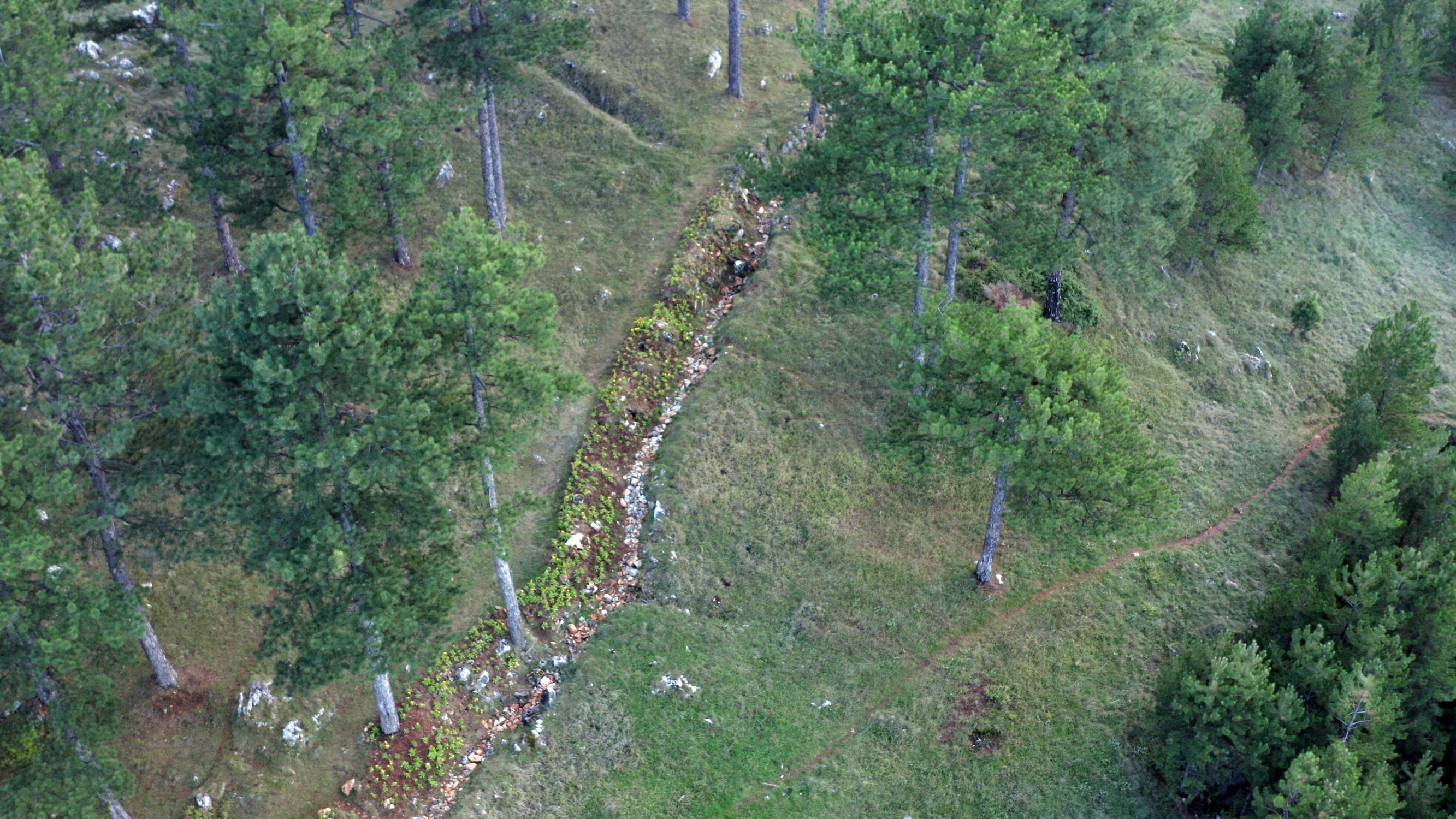
Photo: Jasmin Omerika
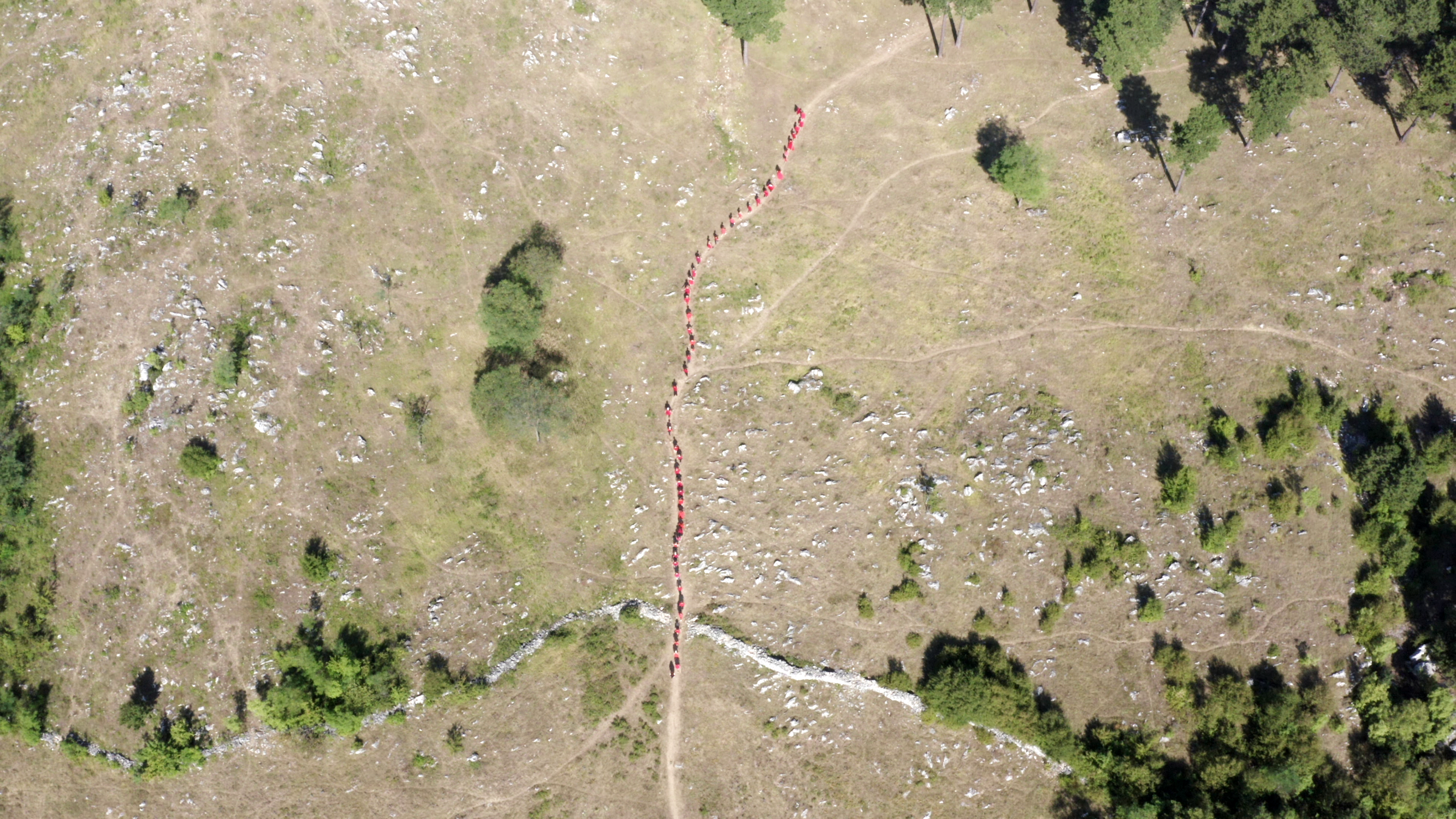
Photo: Jasmin Omerika
But Kulenović hasn’t given up on her idea yet. Currently, she is working on another project related to “Our Family Garden”, which is to be exhibited at the Ars Electronica Festival 2022 in September Linz, Austria. For that project — titled “Our Family Garden: Micro” — Smirna took samples of the soil and war-related objects (like metal plates and remains of munition) found at Zlatište before the calendula seeds were planted, and several months afterwards. Together with microbiologist Anastasia Bragina, she is conducting an analysis of the various life-forms from within the found objects and the soil, in order to show how it has been transformed by the medical plant.

Photo: Ajla Salkić
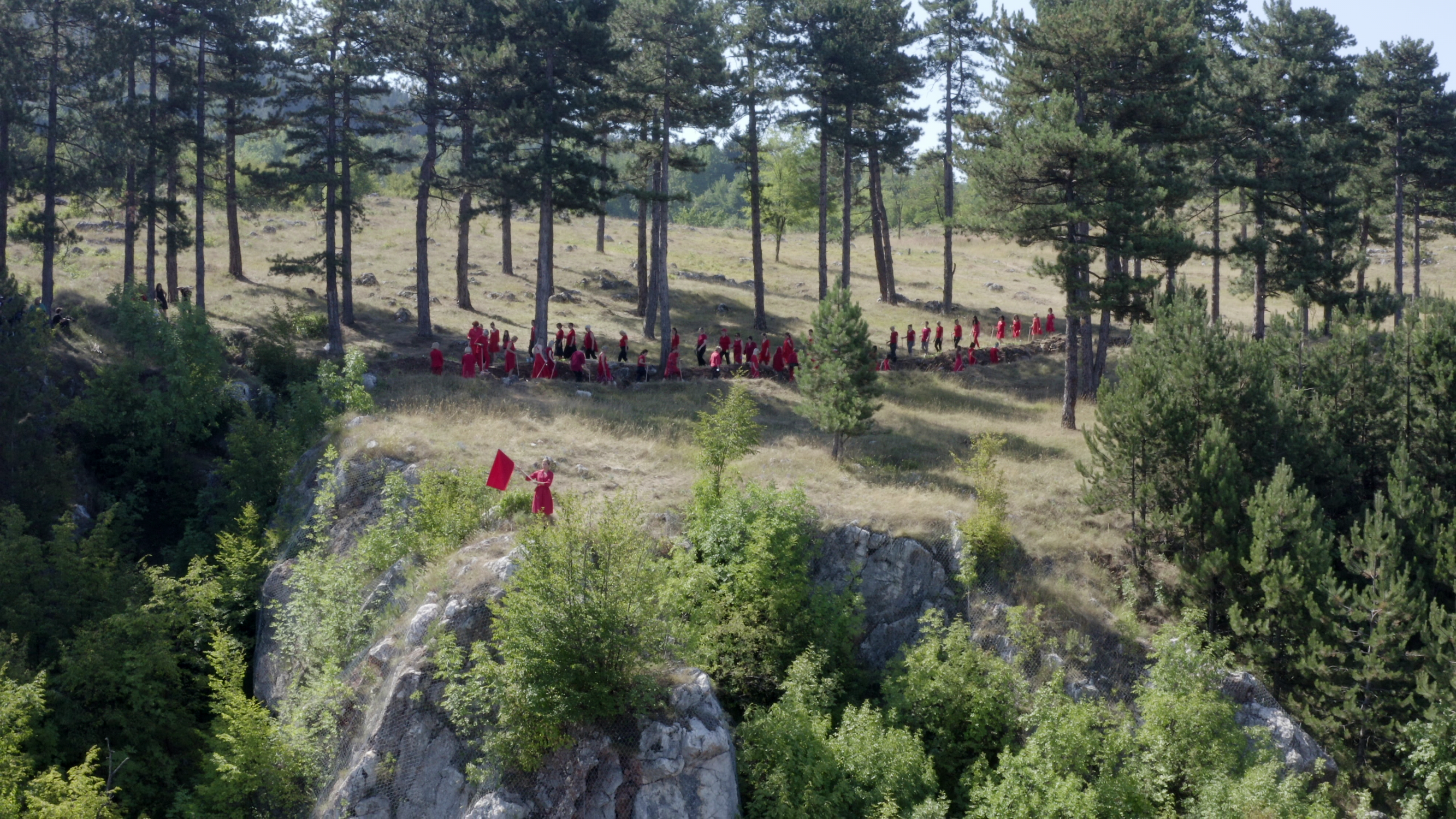
Photo: Jasmin Omerika
“The healing happens on all the microscopic and macroscopic layers. Like it or not, our human violence-related remains are becoming homes for new colonies of life. There is no scale upon which healing doesn’t happen, just by letting the nature do its thing, just by listening and tuning into it — instead of dominating, corrupting and disturbing. May there be empathy on all scales of life,” Kulenović posted on her Instagram profile.
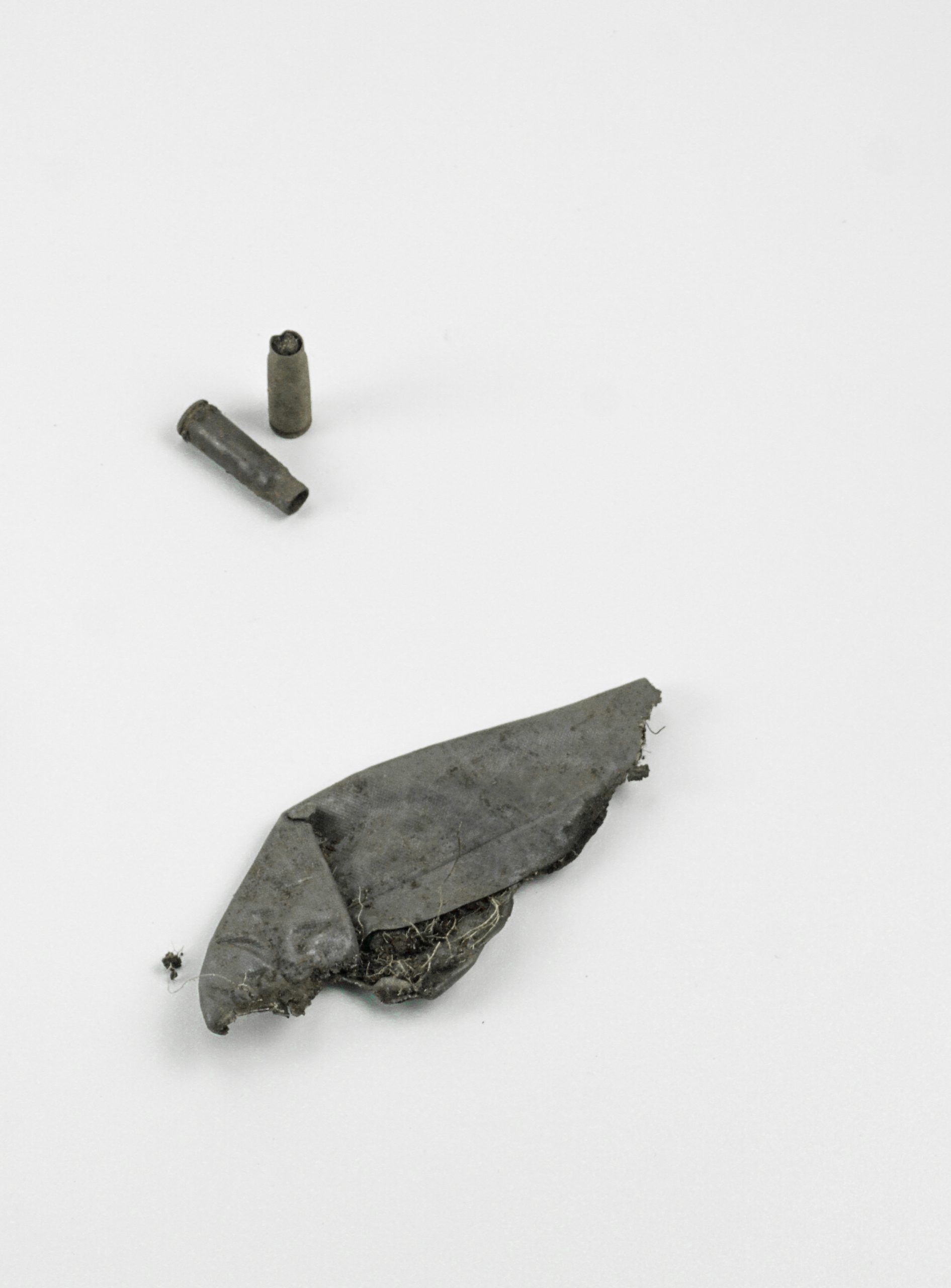
Bullets found while creating “Our Family Garden”. Photo: Smirna Kulenović
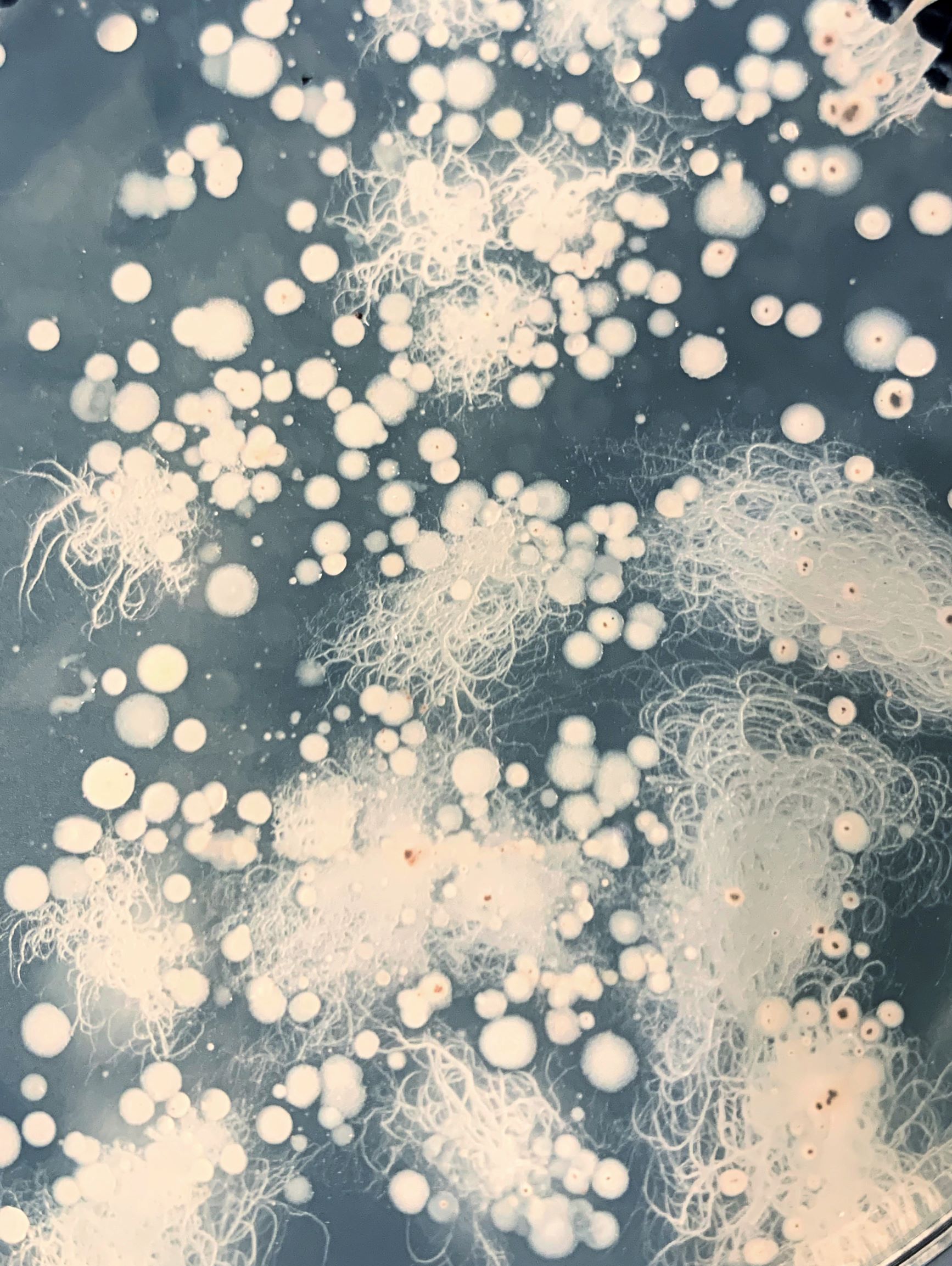
The same bullets, this time seen under a microscope. Photo: Smirna Kulenović
Ultimately, Kulenović wants to illustrate this process using Agar prints, so that this regeneration can be seen by an audience. With it, she hopes nature can serve as an example to humanity. “The soil has healed drastically during the last months of the growth of medicinal plants. It’s amazing to see how nature can heal itself – much faster than we humans do,” Kulenović laughs. “At the moment, I enjoy working with bacteria much more than with humans.”
First published on 16 February 2022 on calvertjournal.com
This text is protected by copyright: © Brigitte Egger / The Calvert Journal. If you are interested in republication, please contact the editorial team. Copyright information on pictures and graphics are noted directly at the illustrations. Cover picture: Our Family Garden. Photo: Ajla Salkić
